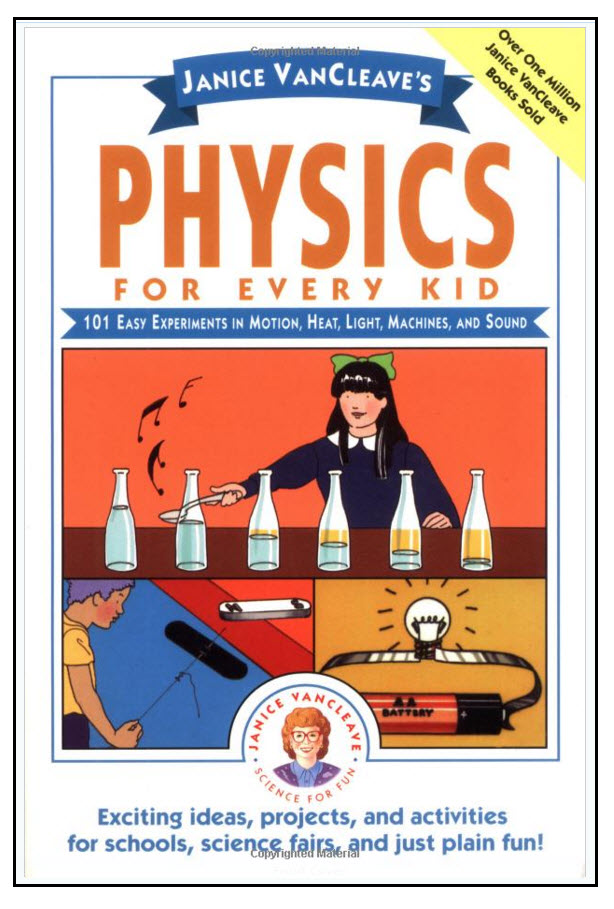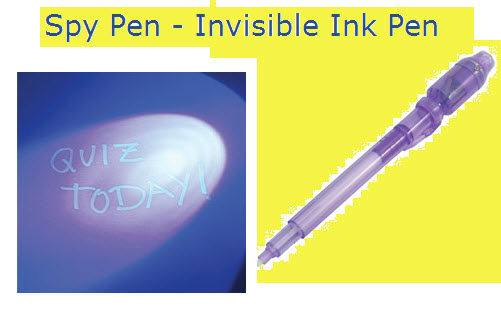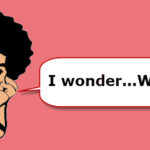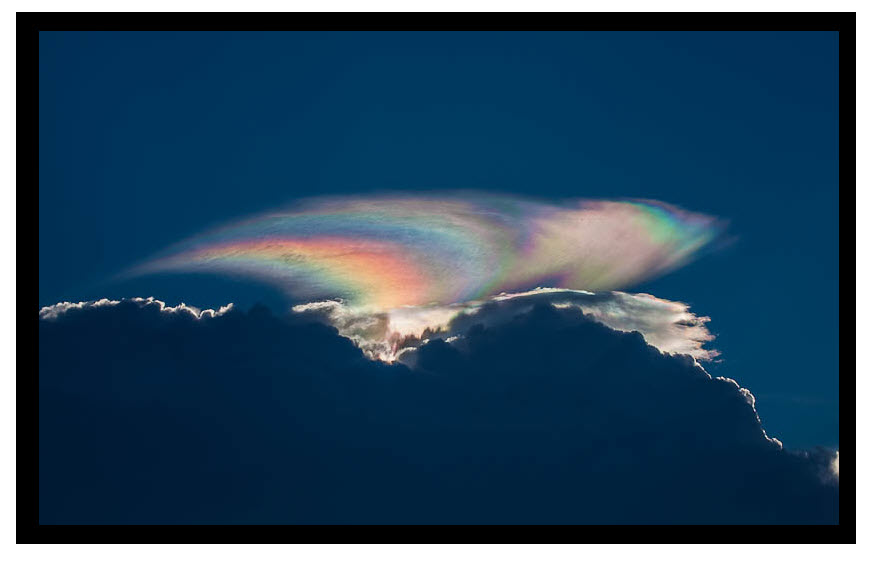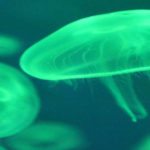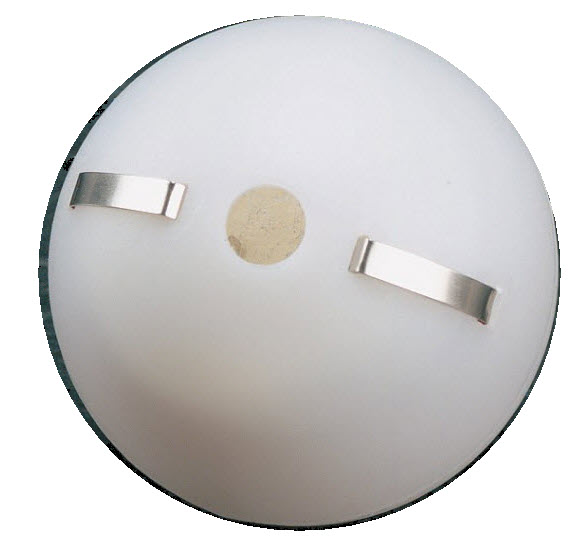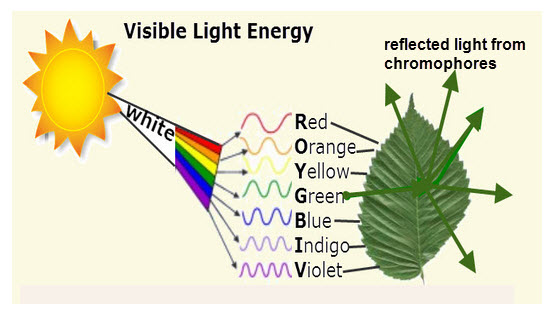I am a scientist that still has a child-like love for make-believe. In fact, I am guilty of telling stories to one of my grandchildren about pet spiders that live only at our farm. This started when a black fuzzy spider dropped down from a light fixture directly in front of Kimberly’s face. She screamed, […]
Sound: Bottle Organ
Blowing across the open mouth of a bottle causes the air inside the bottle to vibrate. The vibrating air produces sound. The pitch of the sound is determined by how fast the air vibrates. As the air inside the bottle decreases it vibrates faster and produces a higher pitched sound. You could write the relationship […]
Thomas Edison
Thomas Alva Edison (1847-1931), was one of the most prolific American inventors of the 19th century. He was born on February 11, 1847, Milan, Ohio; the seventh and last child of Samuel and Nancy Edison. Edison did not learn to talk until he was almost four years of age. His delay in speaking was not […]
Spy Pen with Invisible Ink
The spy pen contains ink that is invisible, which means that under ordinary lighting the ink does not reflect visible light to your eyes. Visible light is one of seven different types of light energy (also called electromagnetic energy) and is the only type of light that you can see. Visible light is a band […]
Energy Ball: Science Challenge
The Energy Ball is a fun, easy, and safe way to introduce kids to electric energy. On the outside of the Energy Ball are two metal strips. If you touch these strips with your fingers, the ball will flash a red light and buzz. This happens because something inside the ball produces an electric current […]
Perception of Color
Vision depends on a small part of the Electromagnetic Spectrum Called Visible Light. The only type of light energy that you can visually perceive is called visual light. Visual light can be broken into seven parts, each part with a different amount of energy, and each amount of energy is perceived as a different color. […]
Luminescence
Luminescence Is Cold Light Cold light is visible light produced by processes other than heating. Light sticks are an example of cold light, which is produced when chemicals are mixed together and the energy released is in the form of visible light. The firefly in the photo gives off light that like the light stick […]
Energy: Electric, Light, Sound
Preview in new tab A “Mystery Ball” is used to demonstrates three types of energy: electric energy light energy sound energy Objectives: 1. To describe the physical properties of the energy ball.2. To identify the the types of energy produced by the Energy Ball: electric energy, light energy, and sound energy.3. To describe the difference […]
What Are Chromophores?
Leaves are green because they contain chlorophyll, a pigment whose molecules absorb all the light energy in the visible light spectrum except the parts producing the green color of the leaf, which is reflected. Chromophore is the name of the chlorophyll functional group (aka moiety) of the chlorophyll molecule.Organic pigments (chemicals that have color) have […]
Energy: Radiation
Electromagnetic radiation (EMR) is a stream of photons each traveling at the speed of light. Photons are massless bundles of light energy. The higher the energy of photons the more they behave as particles and can be harmful. The symbol shown with what looks like three blades of a fan notifies you that the radiation […]
